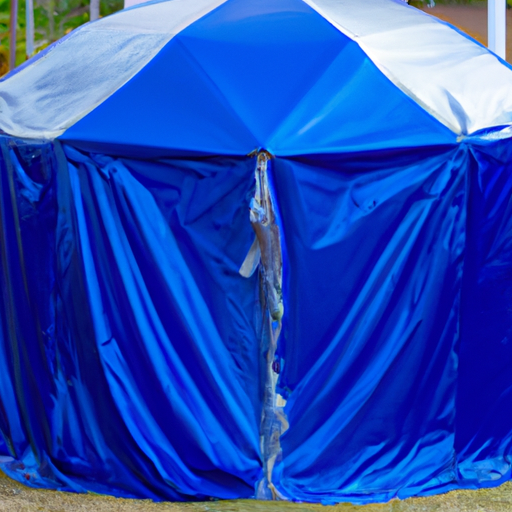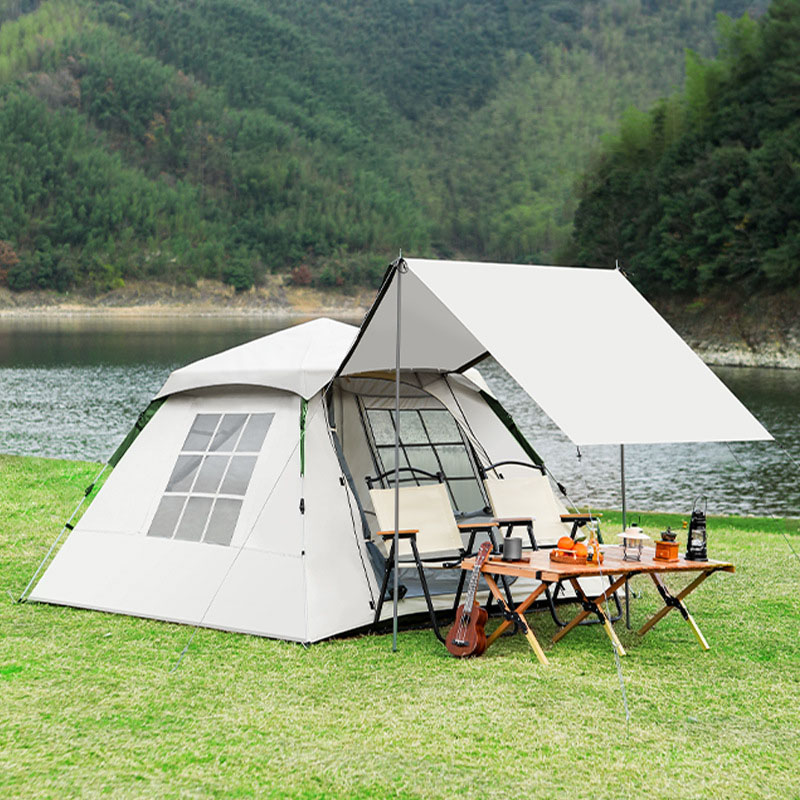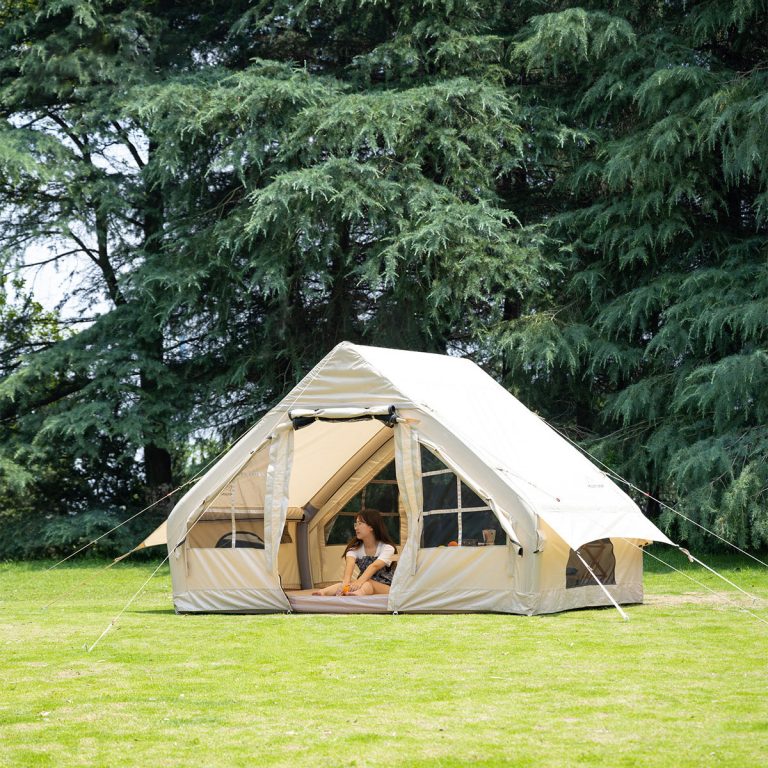Essential Tips for Setting Up a Tent in the Rain

Setting up a tent in the rain can be a challenging task, but with the right preparation and knowledge, it can be done successfully. Whether you are a seasoned camper or a beginner, it is important to know the essential tips for setting up a tent in the rain to ensure a dry and comfortable camping experience. First and foremost, it is crucial to choose the right location for your tent. Look for a spot that is slightly elevated and away from any potential water runoff. Avoid setting up your tent in low-lying areas or near rivers and streams, as these areas are more prone to flooding. Additionally, try to find a spot with natural windbreaks, such as trees or bushes, to provide some protection from the rain. Before setting up your tent, make sure to clear the area of any debris or sharp objects that could potentially damage the tent floor. It is also a good idea to lay down a groundsheet or tarp underneath your tent to provide an extra layer of protection against moisture. This will help prevent water from seeping through the tent floor and keep you dry throughout the night. When it comes to setting up the tent itself, it is important to do so quickly and efficiently to minimize the amount of time your tent is exposed to the rain. Start by assembling the poles and attaching them to the tent body. If possible, try to keep the inner tent dry by setting up the rainfly first. This will provide temporary shelter while you set up the rest of the tent. Once the rainfly is in place, secure it tightly to the ground using stakes or rocks. Pay close attention to the corners and edges, as these areas are more prone to water leakage. Make sure the rainfly is taut and properly aligned with the tent body to ensure maximum protection against the rain.
 To further enhance the waterproofing of your tent, consider applying a seam sealer to the seams of the rainfly and tent body. This will help prevent water from seeping through the stitching and keep you dry inside. It is also a good idea to invest in a quality tent with a high waterproof rating to ensure maximum protection against the rain.
Once your tent is set up, it is important to maintain good ventilation to prevent condensation buildup inside the tent. Keep the windows and vents open, if possible, to allow for airflow. If the rain is particularly heavy, you may need to close some of the openings partially to prevent water from entering the tent.
Lastly, it is important to be prepared for any unexpected weather changes. Pack extra tarps, ropes, and stakes in case you need to create additional shelter or reinforce your tent setup. It is also a good idea to have a waterproof bag or container to store your gear and keep it dry.
In conclusion, setting up a tent in the rain requires careful planning and preparation. Choose a suitable location, clear the area, and use a groundsheet or tarp for added protection. Set up your tent quickly and efficiently, paying attention to the rainfly and seams. Maintain good ventilation and be prepared for any weather changes. By following these essential tips, you can ensure a dry and comfortable camping experience even in the rain.
To further enhance the waterproofing of your tent, consider applying a seam sealer to the seams of the rainfly and tent body. This will help prevent water from seeping through the stitching and keep you dry inside. It is also a good idea to invest in a quality tent with a high waterproof rating to ensure maximum protection against the rain.
Once your tent is set up, it is important to maintain good ventilation to prevent condensation buildup inside the tent. Keep the windows and vents open, if possible, to allow for airflow. If the rain is particularly heavy, you may need to close some of the openings partially to prevent water from entering the tent.
Lastly, it is important to be prepared for any unexpected weather changes. Pack extra tarps, ropes, and stakes in case you need to create additional shelter or reinforce your tent setup. It is also a good idea to have a waterproof bag or container to store your gear and keep it dry.
In conclusion, setting up a tent in the rain requires careful planning and preparation. Choose a suitable location, clear the area, and use a groundsheet or tarp for added protection. Set up your tent quickly and efficiently, paying attention to the rainfly and seams. Maintain good ventilation and be prepared for any weather changes. By following these essential tips, you can ensure a dry and comfortable camping experience even in the rain.



